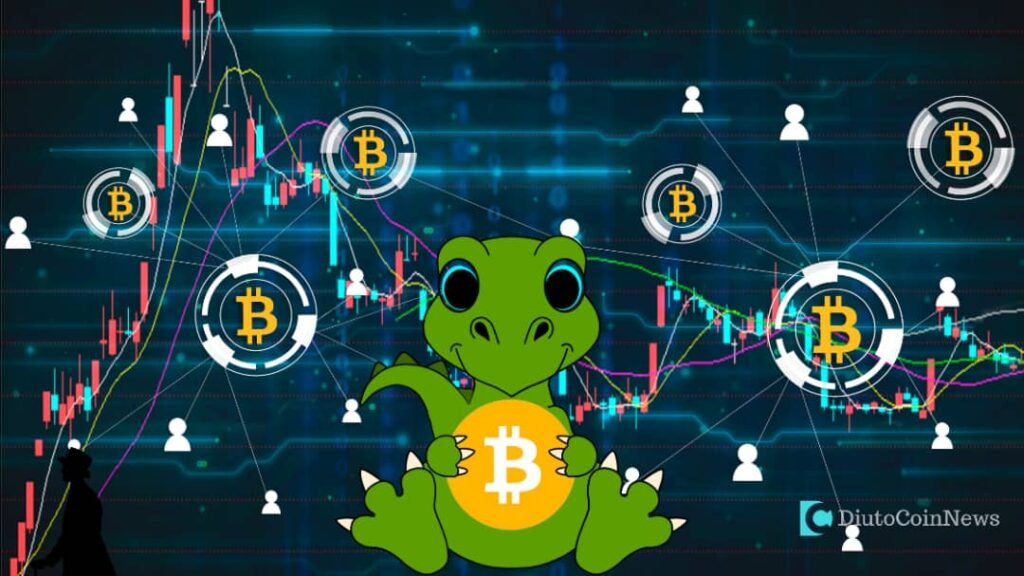The promising new trend that surfaced last year has gained even more momentum in 2024, as more web3 users recognize its potential
What is DEPIN?
DePIN stands for Decentralized Physical Infrastructure Networks. They utilize crypto incentives to build real-world physical infrastructure in sectors like transportation, energy, wireless connectivity and much more.

Blockchain technology, having transformed digital systems by introducing concepts like decentralized finance (DeFi) and non fungible tokens, now integrates DePINs to extend this decentralization to physical infrastructures.
How Does DEPIN Work
DePINs operate by utilizing blockchain technology to distribute authority and management across a network rather than centralizing it within one organization.
To illustrate how DePINs function, consider a decentralized energy grid where individual solar-powered homes can generate and sell extra energy directly to the grid or neighbors without relying on a centralized utility provider.
Each energy transaction, whether production, consumption, or sale, is recorded on a blockchain, ensuring transparency and trust among parties. Smart contracts automatically execute transactions when specific conditions are met, ensuring efficient and reliable energy distribution.
This decentralized model not only optimizes energy distribution based on supply and demand but also promotes the use of renewable energy sources, reducing reliance on large centralized power facilities.
DePINs democratize energy production and distribution by enabling individuals to be both producers and consumers, known as “prosumers,” making energy more accessible and equitable.
In the cryptocurrency space, DePINs can appear as decentralized finance (DeFi) platforms that provide financial services like lending, borrowing, and trading without traditional financial intermediaries.
Tokenization allows tangible assets such as real estate or artwork to be represented as digital tokens on a blockchain, enabling decentralized ownership and trading.
What Is The Future Of DEPIN
Decentralized physical networks aim to harness blockchain, internet of things (IoT), and renewable energy to build resilient, efficient, and community-driven infrastructure across different sectors.
As DePINs evolve, they hold immense potential. They can optimize resource usage in energy distribution, telecommunications, and transportation, while also democratizing access to vital services like healthcare and education.
However, realizing this potential requires collaboration among stakeholders, regulatory backing, and continuous technological innovation to overcome existing challenges and fully unlock the benefits of decentralized physical networks. Sustainable scaling of these applications relies on innovation within distributed networks.
With the right framework, DePINs can revolutionize infrastructure, empowering individuals and communities to shape a decentralized, fair, and sustainable future.
Discover more from DiutoCoinNews
Subscribe to get the latest posts sent to your email.














